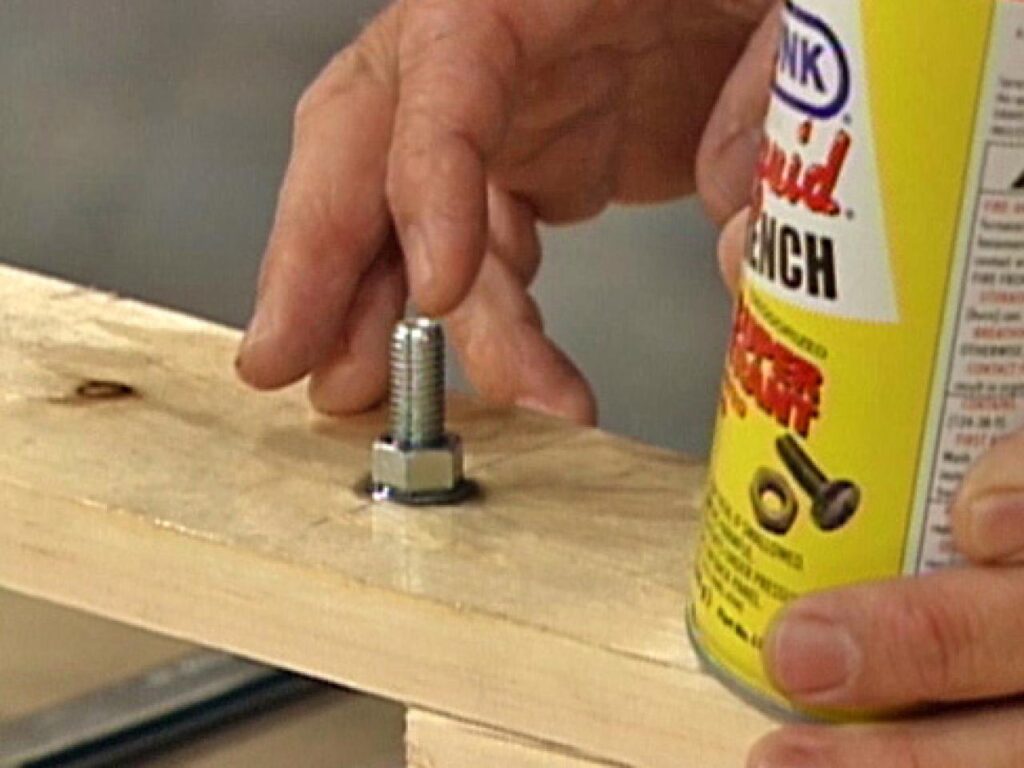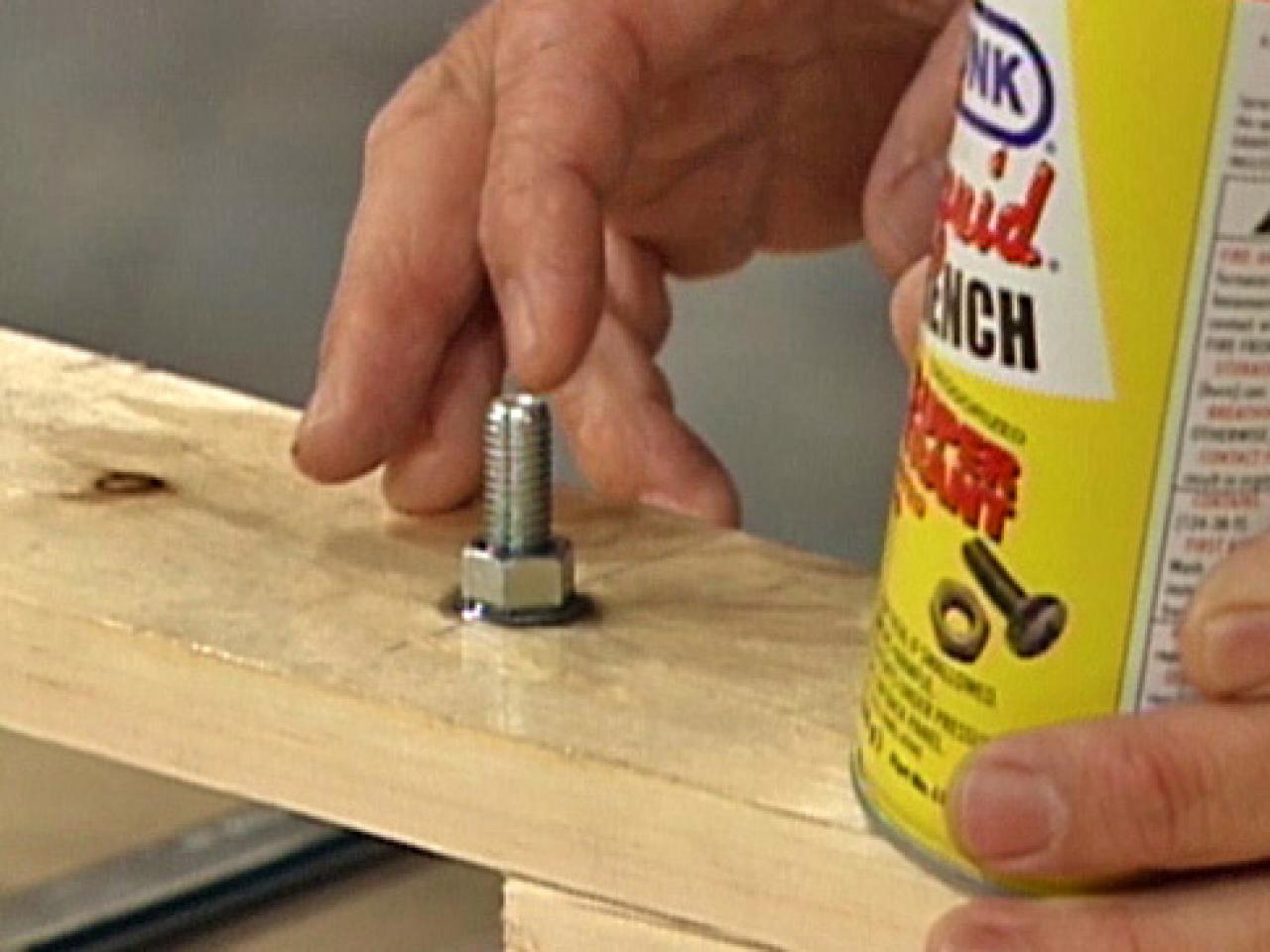
How to Loosen a Bolt That Is Tight: A Comprehensive Guide
Dealing with a stubborn bolt can be incredibly frustrating. Whether you’re working on your car, assembling furniture, or tackling a home repair, encountering a bolt that simply won’t budge is a common problem. Knowing how to loosen a bolt that is tight efficiently and safely can save you time, prevent damage, and ultimately, get the job done. This comprehensive guide will walk you through various techniques and tools to help you conquer even the most resistant fasteners.
Understanding Why Bolts Get Stuck
Before diving into the solutions, it’s helpful to understand why bolts become difficult to loosen in the first place. Several factors can contribute to this:
- Corrosion: Rust and corrosion are major culprits. Exposure to moisture and environmental elements can cause the bolt and nut to fuse together.
- Over-tightening: Applying excessive torque during initial tightening can damage the threads, making it difficult to remove the bolt later.
- Thread Damage: Stripped or damaged threads create friction and resistance, preventing smooth rotation.
- Contamination: Dirt, grime, and debris can accumulate in the threads, binding the bolt in place.
- Galvanic Corrosion: This occurs when dissimilar metals are in contact in the presence of an electrolyte (like water), leading to corrosion and bonding.
Essential Tools for Loosening Tight Bolts
Having the right tools is crucial for effectively tackling stuck bolts. Here are some essentials:
- Wrenches: A good set of open-end, box-end, and socket wrenches is a must. Ensure they are the correct size for the bolt head.
- Sockets: Socket wrenches provide a more secure grip than open-end wrenches, reducing the risk of rounding off the bolt head.
- Penetrating Oil: This is your best friend when dealing with corroded bolts. It works by seeping into the threads and breaking down rust and grime.
- Hammer: A hammer can be used to gently tap the bolt head, helping to break the bond.
- Heat Gun or Torch: Applying heat can expand the metal, loosening the bolt’s grip. Use caution and ensure proper ventilation.
- Bolt Extractor Set: These are specialized tools designed to grip and remove bolts with rounded or damaged heads.
- Breaker Bar: A long-handled wrench that provides extra leverage for breaking loose stubborn bolts.
- Impact Wrench: A power tool that delivers high torque to quickly loosen bolts.
Techniques for Loosening a Tight Bolt
Now, let’s explore various techniques you can use to loosen a bolt that is tight:
Apply Penetrating Oil
This is often the first and simplest approach. Generously apply penetrating oil to the bolt and nut, allowing it to soak for at least 15-30 minutes, or even overnight for severely corroded bolts. The oil will work its way into the threads, lubricating them and breaking down rust. Popular brands include WD-40 Specialist Penetrant, Liquid Wrench, and PB Blaster. Reapply the oil multiple times for best results.
Tap the Bolt Head
Gently tapping the bolt head with a hammer can help to break the bond between the bolt and the surrounding material. Use a brass or rubber mallet to avoid damaging the bolt head. Tap around the bolt head in a circular pattern.
Use a Breaker Bar
A breaker bar provides extra leverage, allowing you to apply more torque to the bolt. Attach the appropriate socket to the bolt head, then attach the breaker bar to the socket. Apply steady, even pressure, avoiding jerky movements that could damage the bolt or the tool. [See also: Choosing the Right Wrench for the Job]
Apply Heat
Heat can be very effective in loosening a tight bolt. Use a heat gun or a propane torch to heat the bolt head. The heat will cause the metal to expand, breaking the bond between the bolt and the nut. Be extremely careful when using heat, as it can damage surrounding materials or cause a fire. Use heat in short bursts and check the bolt frequently to avoid overheating. Wear safety glasses and gloves. Also, be aware of flammable materials in the area. Never use heat near fuel lines or other potentially hazardous components.
Use an Impact Wrench
An impact wrench is a powerful tool that delivers high torque in short bursts. This can be very effective in loosening stubborn bolts. Attach the appropriate socket to the bolt head and apply the impact wrench. Use short bursts of power to avoid stripping the bolt head. [See also: Impact Wrench vs. Breaker Bar: Which is Best? ]
Use a Bolt Extractor
If the bolt head is rounded or damaged, a bolt extractor is your best option. Bolt extractors are designed to grip the damaged bolt head and allow you to apply torque. There are various types of bolt extractors available, including socket-style extractors and screw-style extractors. Choose the appropriate extractor for the size and type of bolt you are dealing with. Follow the manufacturer’s instructions carefully.
Try Tightening First
Sometimes, slightly tightening the bolt before attempting to loosen it can help to break the bond. Apply a small amount of torque in the tightening direction, then immediately try to loosen the bolt. This technique can be particularly effective for bolts that are seized due to corrosion.
Apply Vibration
Using a pneumatic hammer or even a regular hammer with a punch can create vibrations that help loosen the bolt. Place the punch against the side of the bolt head and tap it firmly with the hammer. The vibrations can help to break the bond between the bolt and the nut. Be careful not to damage the bolt head or surrounding materials.
Consider Using a Nut Splitter
If all else fails, you may need to resort to using a nut splitter. A nut splitter is a tool that is designed to split the nut, allowing you to remove the bolt. This should be used as a last resort, as it will destroy the nut. However, it can be a necessary option if the bolt is severely corroded or damaged. [See also: When to Use a Nut Splitter: A Detailed Guide]
Preventative Measures
Preventing bolts from becoming stuck in the first place is always the best approach. Here are some preventative measures you can take:
- Use Anti-Seize Compound: Apply anti-seize compound to the threads of bolts before installation. This will prevent corrosion and make it easier to remove the bolts later.
- Avoid Over-Tightening: Use a torque wrench to tighten bolts to the manufacturer’s specified torque. Over-tightening can damage the threads and make it difficult to remove the bolts later.
- Regular Maintenance: Regularly inspect and maintain bolted connections. Clean and lubricate the threads to prevent corrosion and ensure smooth operation.
- Use the Correct Fasteners: Select fasteners made from materials that are compatible with the surrounding environment. For example, use stainless steel fasteners in marine environments to prevent corrosion.
Safety Precautions
When working with tools and attempting to loosen a bolt that is tight, always prioritize safety:
- Wear Safety Glasses: Protect your eyes from flying debris.
- Wear Gloves: Protect your hands from sharp edges and chemicals.
- Work in a Well-Ventilated Area: When using penetrating oil or heat, ensure proper ventilation to avoid inhaling harmful fumes.
- Be Aware of Your Surroundings: Ensure there are no flammable materials nearby when using heat.
- Use the Right Tool for the Job: Using the wrong tool can damage the bolt or cause injury.
- Take Breaks: Working on stubborn bolts can be tiring. Take breaks to avoid fatigue and maintain focus.
Conclusion
Knowing how to loosen a bolt that is tight is a valuable skill for anyone who works with tools or machinery. By understanding the causes of stuck bolts, using the right tools, and employing the appropriate techniques, you can overcome even the most challenging fasteners. Remember to prioritize safety and take preventative measures to avoid future problems. With a little patience and persistence, you’ll be able to conquer those stubborn bolts and get the job done.

